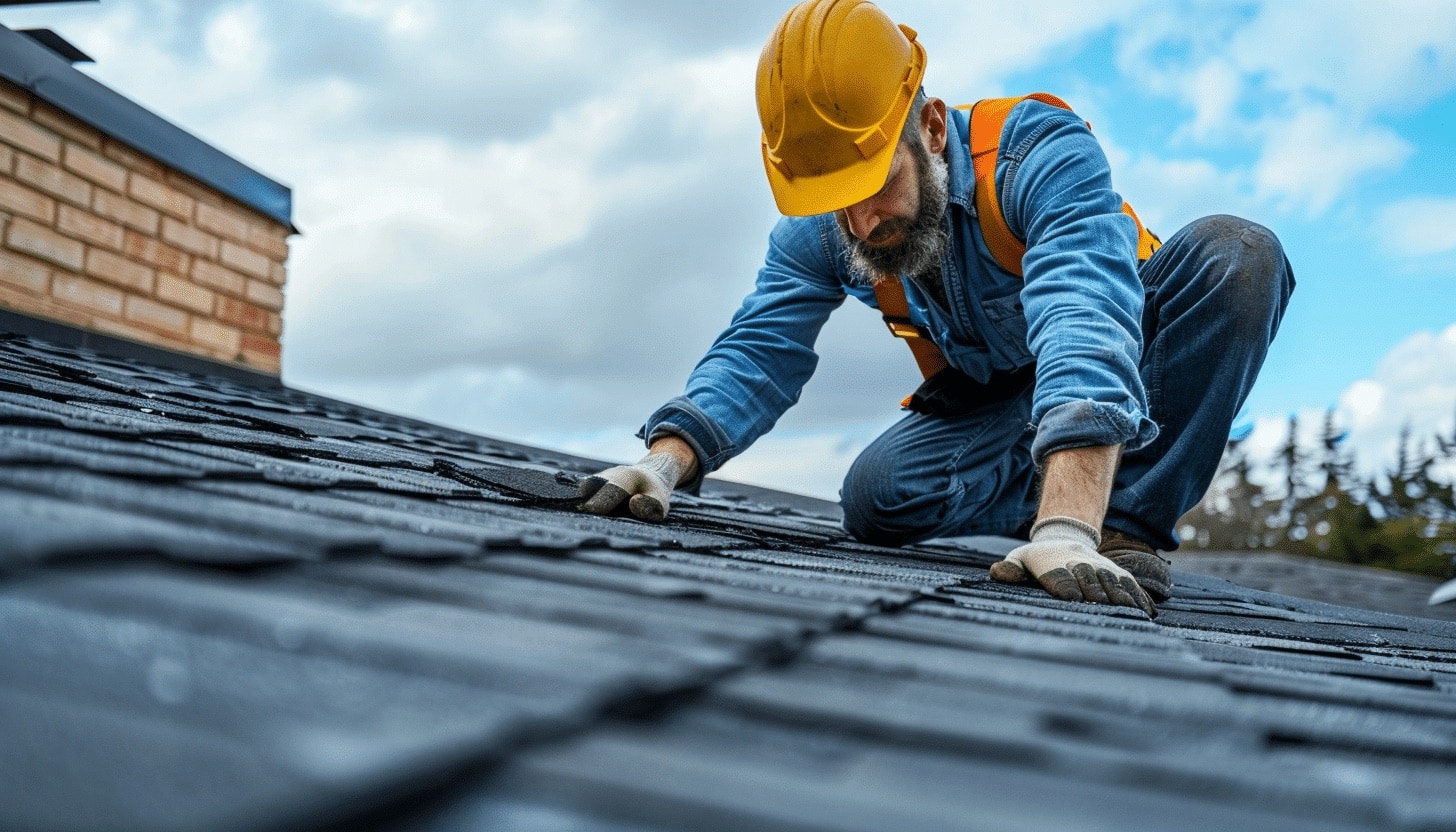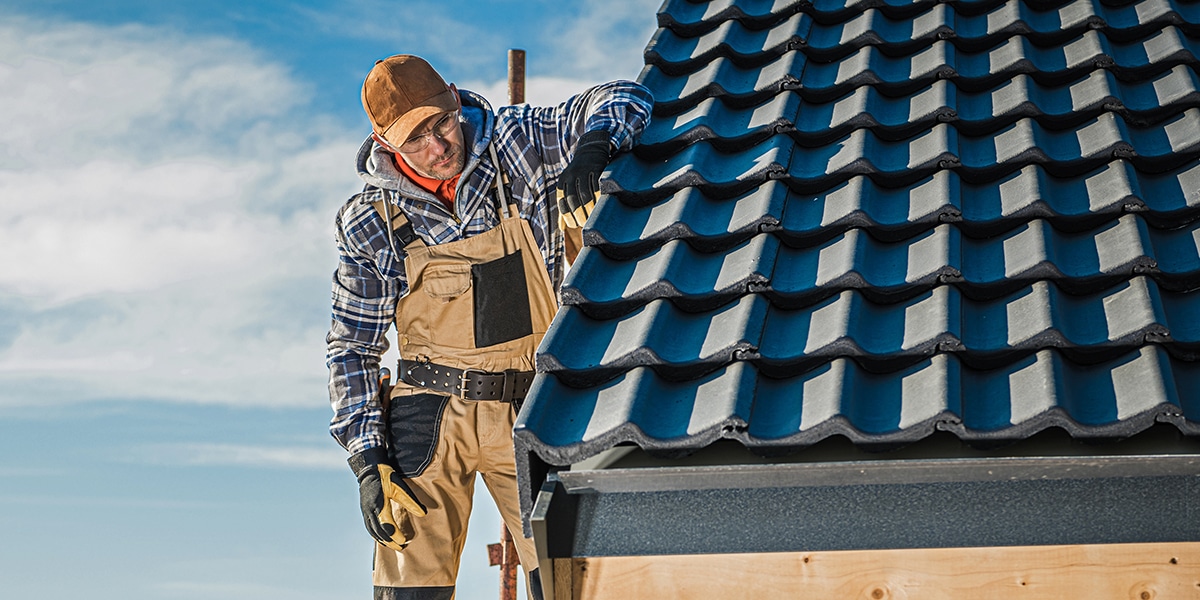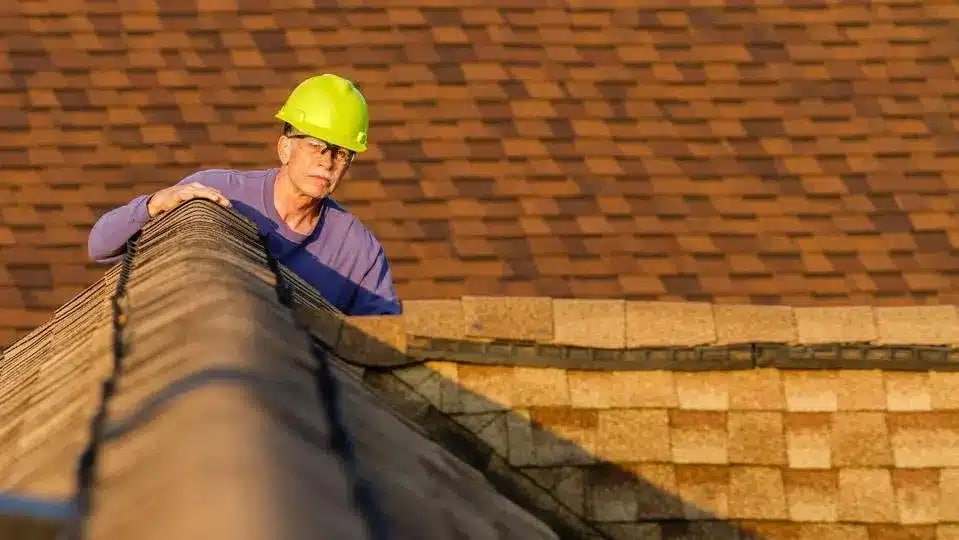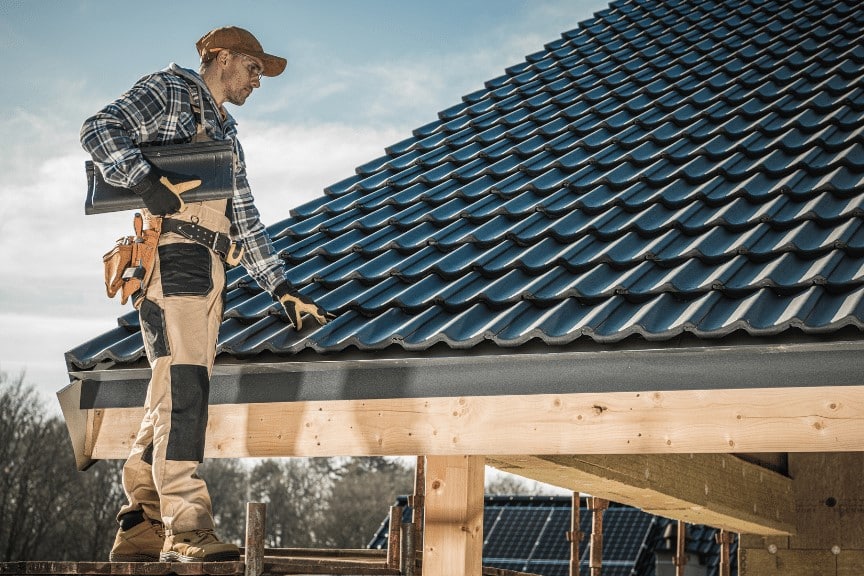When to Inspect Your Roof for Insurance Coverage
Your roof is one of the most critical components of your home, protecting you and your family from the elements. However, it is also one of the most vulnerable parts, especially when it comes to weather-related damage. Knowing when to have insurance inspect your roof is crucial to ensure that any issues are addressed promptly, preventing more significant problems down the line. In this blog, we’ll explore the key times you should consider scheduling an insurance inspection, the benefits of doing so, and how to make the most of your insurance coverage.

Why Roof Inspections Are Essential
Regular roof inspections are vital to maintaining the integrity and longevity of your roofing system. Many homeowners overlook the importance of inspecting their roof until they notice a leak or other significant issues. However, routine inspections can help detect minor problems before they become costly repairs.
Benefits of Regular Roof Inspections:
- Early Detection: Identify potential issues like leaks, cracks, or missing shingles before they worsen.
- Longevity: Regular maintenance can extend the life of your roof by addressing wear and tear early.
- Peace of Mind: Knowing your roof is in good condition provides confidence, especially during storm seasons.
When to Schedule an Inspection:
- After severe weather events.
- At least once a year, ideally in spring or fall.
- Before and after any significant roof work or renovations.

When to Have Insurance Inspect Your Roof
Insurance companies may require inspections in specific situations to ensure that your roof is in proper condition and that any claims made are legitimate. Here are the most common scenarios when you should consider having your insurance company inspect your roof:
1. After a Major Storm
Severe weather, including hail, windstorms, or heavy rain, can cause significant damage to your roof. It’s crucial to have your roof inspected by a professional as soon as possible after such an event. This inspection will help you document any damage for insurance purposes and ensure that repairs are made promptly.
What to Look For:
- Missing or broken shingles.
- Dents or cracks in the roof surface.
- Leaks or water stains inside your home.
Pro Tip: Use drone technology for a more thorough inspection, especially for hard-to-reach areas.
2. Before Filing an Insurance Claim
If you suspect your roof has been damaged and you plan to file an insurance claim, it’s wise to have an inspection done beforehand. This step ensures that all damage is documented accurately, which can help maximize your claim.
Key Points for Insurance Inspections:
- Document all visible damage.
- Take photographs to support your claim.
- Get a professional assessment of the repair costs.
Pro Tip: Avoid starting any repair work until after the insurance adjuster has inspected your roof.
3. When Your Roof Reaches a Certain Age
As roofs age, they become more susceptible to damage. Most insurance companies recommend having your roof inspected once it reaches a certain age, typically around 15-20 years for asphalt shingles. This inspection can help determine whether your roof still qualifies for full coverage or if it’s time for a replacement.
Signs Your Roof Needs an Inspection:
- Curled or buckled shingles.
- Granules collecting in gutters.
- Visible wear and tear.
Pro Tip: Check your policy for age-related coverage limitations, as older roofs may have different terms.

How Insurance Inspections Work
Understanding how the insurance inspection process works can help you navigate it more effectively and ensure you get the coverage you deserve. Here’s a step-by-step overview:
1. Initial Contact and Consultation
Reach out to your insurance company as soon as you suspect roof damage. They will guide you on the next steps and whether an inspection is necessary.
Steps to Take:
- Contact your insurer immediately after a storm.
- Provide details about the damage and your roof’s condition.
- Schedule an inspection as soon as possible.
2. The Inspection Process – Inspect Your Roof
During the inspection, the insurance adjuster will assess the damage to your roof, taking note of any issues that need repair. They may also use advanced technology, such as drones, to get a more accurate assessment.
What to Expect:
- A thorough examination of the roof’s surface and structure.
- Detailed documentation, including photos and measurements.
- An evaluation of repair or replacement needs.
3. Post-Inspection Procedures
After the inspection, the adjuster will prepare a report detailing the findings and the estimated cost of repairs or replacement. You’ll receive this report, which will be used to process your insurance claim.
Next Steps:
- Review the adjuster’s report carefully.
- Compare the findings with your contractor’s assessment.
- Work with your insurer to finalize the claim.

Frequently Asked Questions (FAQs)
Q1: How often should you inspect your roof?
It’s recommended that you inspect your roof at least once a year and after any major storm. Regular inspections help catch minor issues before they become major problems.
Q2: Can I inspect my roof myself?
While you can do a basic visual check, it’s best to hire a professional for a thorough inspection, especially after a storm or if your roof is aging.
Q3: What does an insurance roof inspection involve?
An insurance inspection includes a detailed examination of your roof’s condition, documentation of any damage, and an assessment of repair costs.
Q4: Does insurance cover roof inspections?
Insurance typically covers inspections related to damage claims, but routine maintenance inspections may not be covered.
Q5: What should I do if my roof inspection reveals damage?
Contact your insurance company immediately to start the claims process. Avoid making any repairs until the adjuster has inspected your roof.
Q6: How can I prepare for a roof inspection?
Clear any debris from the roof, document any visible damage, and be ready to provide your insurance policy details to the inspector.
Conclusion
Regularly inspecting your roof and knowing when to involve your insurance company are essential steps in maintaining the health of your home. By staying proactive, you can ensure that your roof remains in top condition, protecting your family and your investment for years to come.
If you need a professional inspection or have questions about your roof’s condition, don’t hesitate to contact Sugar Land Roofing at (832) 944-7663. Our team of experts is here to help you navigate the insurance process and keep your roof in the best shape possible.https://www.sugarlandtx.gov/

 (832) 944-7663
(832) 944-7663